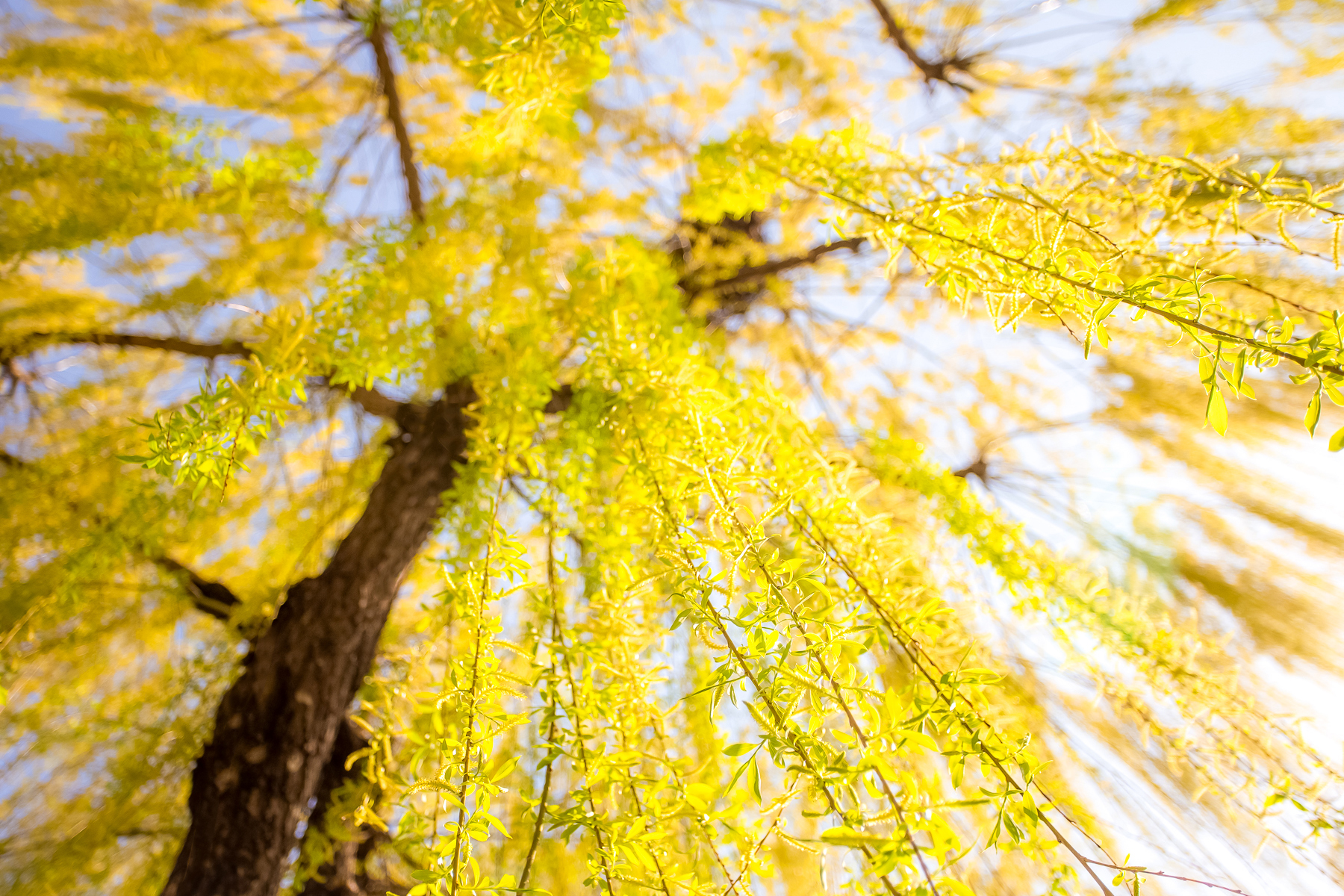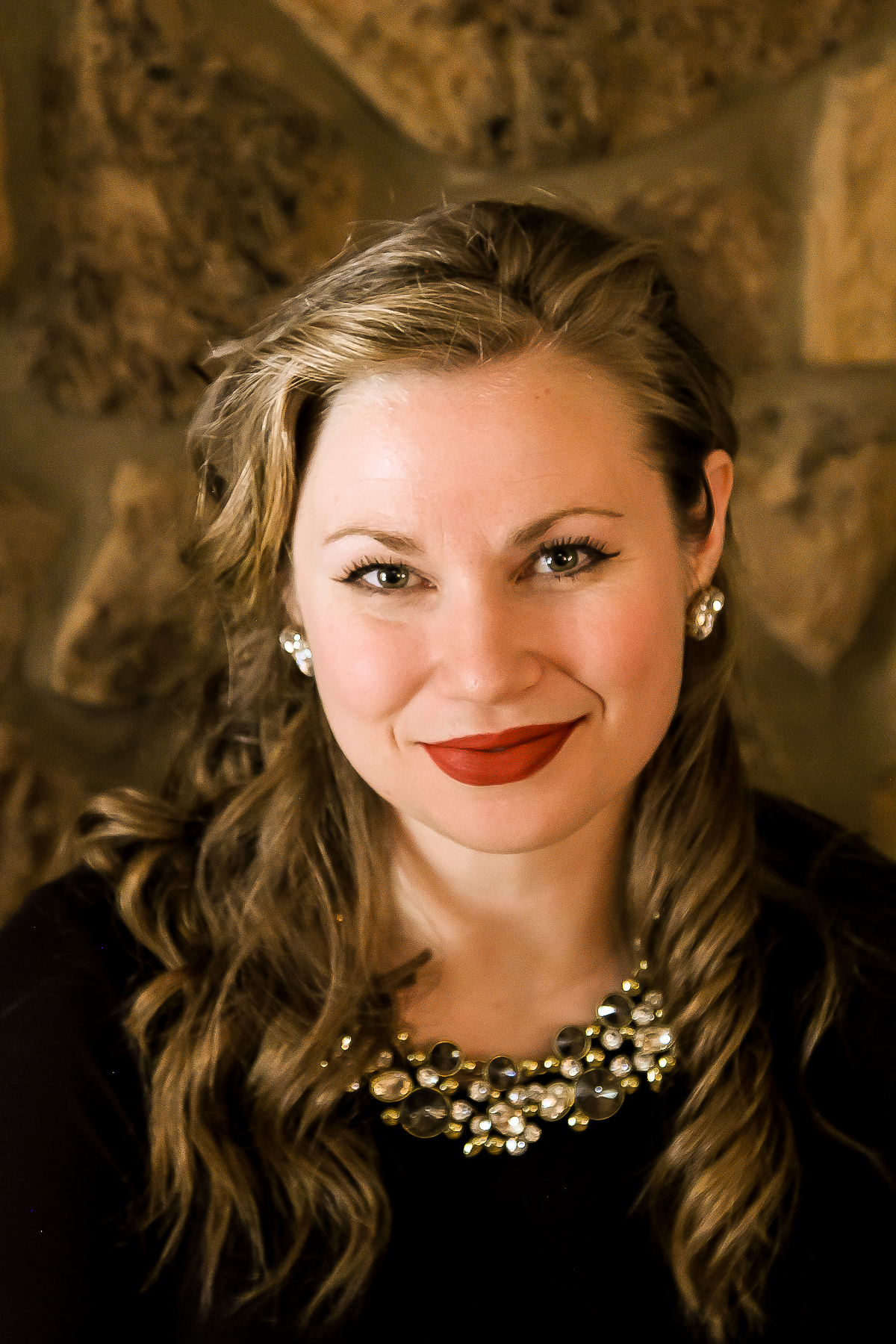The Cultivating Gardener is a column designed to engage all garden lovers, regardless of skill or experience, as we glimpse, together, the deep tenderness of God hidden in our own backyards. In this column you will find reflections, resources and tips designed to help you expand your vision of what it means to cultivate your own plot of land. As you pursue this good and holy work of garden-tending, my hope is that you will find your own heart lovingly tended by the Great Gardener of both our soils and our souls.
![]()
There is something about a garden that is a sanctuary. This is not true merely for me, but for people groups across the ages. A deep holiness – a sacredness of the earth calls to us – it grounds us to a place, a place our first parents were planted – bodies made from the dust they were called to inhabit… and to tend.
We are inextricably bound to the earth. And experiencing the perimeters of these bonds is both blessing and curse – our limited realities tug us from our dreams and our griefs strangle our souls until we work them out in light of our limitations. We bury them in the soil of our gardens as we tend to life, and to place, to the here and now, the space closest to eternity. When we sow our sorrows into the soil, hope emerges in a garb of green, and we remember…this is not the end. Dust to dust yields life, and the One who breathed life into our lungs has placed His heartbeat into the dark and fertile soils of the earth.
![]()
Let me tell you a story.
It all started with a willow tree. I was thirteen. The previous summer pulled us from the frenetic confines of a massive suburban city and settled us at the foot of the rolling Blue Ridge mountains. We spent the winter unpacking and doing minor ‘home improvement’ projects. But when the weather drew us into the sunny, robust days of early June, a bright maturity called to me. A season of a whole different kind had begun for me, and I didn’t even know it.
My thirteenth birthday marked a ‘coming of age.’ Not only was I a teenager now, but I was on the brink of womanhood, and my parents threw me a special celebration. I was given a leather-bound Book of Common Prayer, a gold-leafed King James Bible (my favorite translation, back then), and a tiny gold promise ring, set with a small princess-cut diamond. But my favorite gift? A weeping willow tree.
I was eight, I believe, when I fell in love with weeping willows. Why? I’m not sure exactly, but they awoke a hidden yearning in my soul and gave it shape. It was the most beautiful tree I had ever known.
When I received a real willow tree, my ecstasy was unmatched. Every day, I lugged bucketfuls of sloshing water downhill to its young roots. I watched it worriedly from my bedroom window on the nights when huge windstorms spilled over the mountains.
Before it was nearly mature enough, I would lay out a blanket beneath it and pretend its swaying branches were already hovering over me in a protective shelter. Under its branches I wrote some of my very first attempts at poetry.
Once we planted my weeping willow tree, my dad and I realized we had found something wondrous in the planting process – something rich and therapeutic, and we wanted more.
We delved eagerly into landscaping our entire acre of land. I zealously guard the memories of the two of us cruising down the West Virginia one-lane roads that rose and fell in a jubilant roller-coaster effect as we traveled to various plant nurseries scattered across the local countryside.
We planted weeping cherry trees, phlox, day lilies, massive tufts of ornamental grass, a skyrocket juniper, a dawn redwood tree, two leyland cypresses we named Abraham and Sarah, and eventually, my dad’s favorite tree – a magnolia. We planted boxwoods whose rich, musty scent always conjured memories of the old plantation houses peppering the south-eastern coast, and we lined our sidewalk with red Japanese barberry bushes.
But it wasn’t always rewarding work. A fleet of white pines bordered our property and before we moved in, the HOA warned us that they needed to be maintained. My whole family remembers battling the beetles that bored through the trunks, killing them one by one. My dad (and brothers) spent hours outside in the hot sun struggling to save them – sawing off dead branches and lathering their exposed wounds in a black tar-like substance to stem the oozing sap.
Nevertheless, those years we spent cultivating that landscape unleashed a riotous joy buried deep within my soul.
Then, after five years in the place I learned to love more than any other, my dad’s job called him across the country. I knew, instantly, that something of myself would be left behind.
I mourned the loss of the landscape we had painstakingly cultivated, but most of all, I mourned my willow tree. It had become far more than a mere tree; the tendrilled beauty had rooted me to a theology I was just beginning to understand.
The day we left for our new home in the barren foothills of the Rocky Mountains, a piece of me died. But on that same day, in the fertile soils of my soul, something new was planted.
![]()
It was a full fourteen years later before I had the chance to begin tentatively cultivating my own plot of land and return to the roots of my past. But this time, the tilling of the earth began with a broken heart – shattered by the loss of my mother a mere few weeks after my own young family moved into our first real home.
“I can’t wait to see what you do with the place, Christina!” my mom had said over the phone. “You’re going to make it so beautiful!”
Neither of us knew that she’d never live to see it, and that my tears would be the first offerings to fall into that newly tilled ground. But it was in this place and with these soils that God met me. Here is where I learned to fiercely grip the brazen hope of resurrection. Here is where I began to cultivate it.
I dug deeply into my soil that summer. I let my muscles cramp, my back ache, and my body angrily protest all the crouching and straining. I embraced it – my heart found justice in the pain. But something found me in that labor. Something tender.
My soul was craving the care of my Creator – the One who plotted my soul’s sojourn on His soils before time began. I couldn’t fully see Him in my grief. Yet some part of me knew where to look: those memories, those hours of companionship with my father spent churning the West Virginia soils, the comforting confidant my willow tree had proven itself to be – they all called to me from my past.
It was then I discovered that in the tending, God’s tenderness is found.
We’re all marred by the narrative that unfolded at the beginning of the world. The Genesis account simply mirrors the realities of our own troubled hearts. But the garden of Eden is more than an origin story. In Eden, humanity was born, and in Eden, humanity transgressed. It took me years to notice that punishment was not the only proclamation issued within the boundaries of that beautiful place – the promise of redemption came first.
Is it any wonder, then, that Jesus’ betrayal took place in a garden? The Garden is not just a figurative example of what we lost, but a symbol of what will be restored.
I now know what my willow tree had sparked in the gentle budding of my youth. Long ago, a young girl yearned for a restoration she didn’t understand. She yearned for a love she couldn’t comprehend. And in the soil, she had glimpsed it. Her hands had communed with it. And many years later, tethered to a grief she couldn’t escape, her labors in her garden resurrected her hope – the seed sown in her soul had sprouted.
Perhaps this is why I have always loved the book The Secret Garden. Frances Hodgson Burnett understands that rest, communion, sanctuary and hope are waiting in the very soil of our own backyards. And in our tending of the dirt from which we came, our labors mend us, and we begin to feel the certainty, deep within us, of the promise of restoration.
Author E.B. White says about his wife, Katherine something that offers us a beautiful example of what it means to plot and keep a garden while holding two realities in tension.
“As the years went by, and age overtook her, there was something… touching in her bedraggled appearance… the small, hunched over figure, her studied absorption in the implausible notion that there would be yet another spring, oblivious to the ending of her own days, which she knew perfectly well were near at hand, sitting there with her detailed chart under those dark skies in the dying October, calmly plotting the resurrection.” [1]
My friends, I am learning with you. Death and grief exist, but resurrection is real, and our gardens can help us find it.
![]()
[1] E.B. White, Onward and Upward in the Garden ( New York: New York Review Books, 1977) introduction
The featured image, “Golden Willow,” is courtesy of Lee Sh of Unsplash. We are grateful for Lee’s gifting and generosity.
A founding member of The Cultivating Project, Christina has been fascinated by beauty her whole life. Color, texture, pattern, fragrance, melody, light – all of the boundless ways in which creation shines – ignites her imagination, compelling her to create. Even as a wee sprite, Christina was dedicated to wordsmithing and sketching her way through its marvels in an attempt to capture, at least partially, the imprint of the Creator within it. But writing and drawing are not her only creative endeavors; several years ago she took on the laborious (but rewarding) task of nurturing a garden in the dismal soils of the Rocky Mountain foothills, and has eagerly employed her spade (alongside her pen) as a tool to cultivate and curate the beauty around her.
She has two little gardeners-in-training who embody all these marvels and more in their merry little faces. She and her husband Brian are the founders of the Anselm Society based in Colorado Springs, whose mission and calling is a renaissance of the Christian Imagination. She serves as the Director of the Anselm Society Arts Guild and her creative work can be found at LiveBeautiful.today and on Instagram.
Leave a Reply
A Field Guide to Cultivating ~ Essentials to Cultivating a Whole Life, Rooted in Christ, and Flourishing in Fellowship
Enjoy our gift to you as our Welcome to Cultivating! Discover the purpose of The Cultivating Project, and how you might find a "What, you too?" experience here with this fellowship of makers!


Christina, your beautiful soul shines through this essay! The earth is enchanted, it speaks to us of God’s goodness, and you are giving us eyes to see it. Here at the beginning of the autumn season, when the garden is about to go to sleep, your stories make me want to go out and dig in the dirt, to plant some tulip bulbs and dream of them waiting, poised in the ground until the arrival of spring. I’m so glad you will be here in this column to share each season’s beauty!
Chills and tears, Christina! These are such beautiful and true words. I’m so excited to hear more of your musings on gardens and redemption!